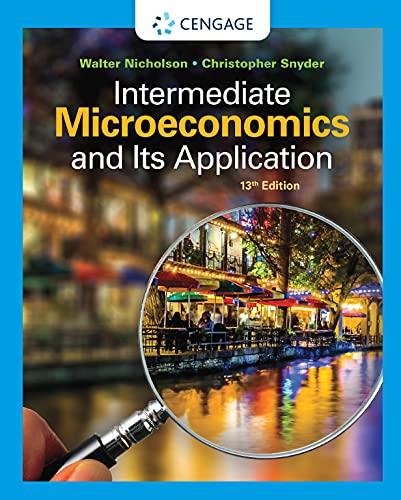Question
6#2 Meyer, owner of Flower Power, operates a local chain of floral shops. Each shop has its own delivery van. Instead of charging a flat
6#2
Meyer,
owner of
Flower Power,
operates a local chain of floral shops. Each shop has its own delivery van. Instead of charging a flat delivery fee,
Meyer
wants to set the delivery fee based on the distance driven to deliver the flowers.
Meyer
wants to separate the fixed and variable portions of
her
van operating costs so that
she
has a better idea how delivery distance affects these costs.
She
has the following data from the past seven months:
LOADING...
(Click the icon to view the data.)Read the requirements
LOADING...
.
Requirement 1. Determine the company's cost equation (use the output from the Excel regression). (Round the amounts to two decimal places.)
| y = |
| x + |
|
Requirement 2. Determine the R-squared (use the output from the Excel regression).
The R-squared is
0.695292
0.258992
0.405078
0.746077
0.863757
.What does
Flower Power's
R-squared indicate?The R-squared indicates that the cost equation explains
25.9 %25.9%
40.5 %40.5%
86.4 %86.4%
69.5 %69.5%
74.6 %74.6%
of the variability in the data. In other words, it
does not fit the data at all.
fits the data quite well.
should be used with caution.
Flower Power
will not
may or may not
should
feel confident using this cost equation to predict total costs at other volumes within the same relevant range.Requirement 3. Predict van operating costs at a volume of
14,500
miles assuming the company would use the cost equation from the Excel regression regardless of its R-squared. Should the company rely on this cost estimate? Why or why not? (Round your answer to the nearest cent.)
| The operating costs at a volume of 14,500 miles is |
| . |
Should the company rely on this cost estimate? Why or why not?
Since the R-squared is
, the company
Data table
Dialog content starts
| Month | Miles Driven | Van Operating Costs |
|---|---|---|
| January. . . . . . | 16,500 | $5,260 |
| February. . . . . | 18,500 | $5,730 |
| March. . . . . . | 16,100 | $4,960 |
| April. . . . . . . . | 17,100 | $5,420 |
| May. . . . . . . . | 17,500 | $5,790 |
| June. . . . . . . | 15,800 | $5,300 |
| July. . . . . . . . . | 15,500 | $5,040 |
Step by Step Solution
There are 3 Steps involved in it
Step: 1

Get Instant Access to Expert-Tailored Solutions
See step-by-step solutions with expert insights and AI powered tools for academic success
Step: 2

Step: 3

Ace Your Homework with AI
Get the answers you need in no time with our AI-driven, step-by-step assistance
Get Started


